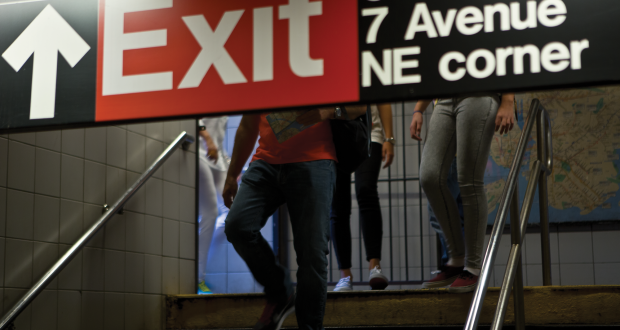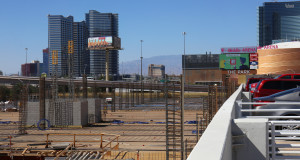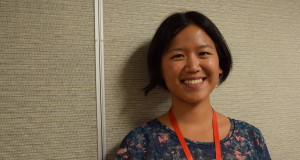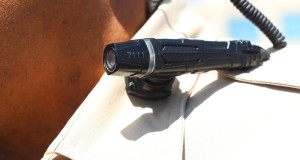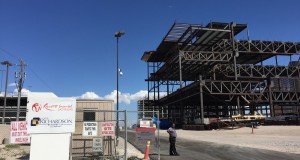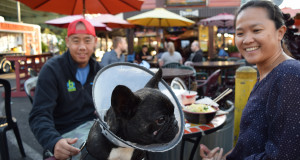Whether it’s to grab a quick lunch or explore New York City, if you’re attending this year’s AAJA convention, chances are you’ll be taking the subway at least a couple of times. Here, AAJA New York members recommend which apps to use and ways to stay safe while joining more than 5 million daily riders using the city’s fastest mode of transportation.
The nuts and bolts
Because the convention is only a few days, the question of whether to buy a Pay-Per-Ride or Unlimited card depends on how much you might travel after convention hours.
“I imagine if someone is at the convention, there’s not going to be time to really train-hop to all these different places,” said Sachin Shenolikar, senior editor at Sports Illustrated Kids. “So I’d probably just put a certain amount of money on the card, but not too much because you don’t want money to be left over when you’re ready to go.”
Shenolikar and Ti-Hua Chang, general assignment and investigative reporter at WNYW, said that starting out with $10 to $20 would probably be plenty for most convention-goers.
A single ride on the subway costs $2.75, while a base fare on a MetroCard is $2.50, according to the Metropolitan Transportation Authority. Another option is a seven-day unlimited pass for $30, which could help cut travel costs. However, riders should not try to share it: After swiping a pass, a rider must wait 18 minutes before he or she can swipe the card again at the same station.
“The great thing about New York City subways is that you pay just to get in and you don’t need to swipe when you get back out,” said Philip Yam, secretary of AAJA’s New York chapter. “So you can actually take it anywhere in a city with one swipe.”
Navigating the city
Whether it’s a hard copy or a digital version, a map is crucial to give you an idea of train lines, schedules and potential delays. Subway maps are posted on bulletin boards near the main booth in stations. You can pick up a portable map there, too.
If you prefer apps, the MTA site features several, including simple digital versions of the subway map and trip planners that factor in real-time schedule changes. (Construction is one of the most common reasons for delays or a change in schedule.)
An Rong Xu, photographer at the artists group Three-Half Collective, said that any app on the MTA site should be fine, but added that his friends use the Weekender, the mobile version of the MTA’s travel app.
Chang, Shenolikar and Yam recommended HopStop for planning trips and keeping up-to-date on arrival and departure times. Google Maps is also an option, but, according to Chang, it’s not always as reliable.
Shenolikar added that convention-goers should find out whether a train is local or an express. Local trains will stop at every station along a line, whereas express trains will skip certain stations. But if things get confusing, it’s best to ask the driver, conductor or others waiting on the platform for help.
“Usually I find that if you ask someone on the subway, they’re actually pretty friendly and will tell you where you need to go if you’re a little lost,” said Yam, managing editor of ScientificAmerican.com. “Just make sure to refer to the lines by number and letter instead of color.”
It’s safer than it may seem
Unless you’re planning on visiting the outer boroughs late at night, all four AAJA members agreed that the subway system, especially in Midtown, is fairly safe as long as riders stay alert and steer clear of the platform edge. According to Shenolikar, before apps and the addition of screens telling commuters when the next train would be arriving, people would often lean over the tracks with the hope of seeing train lights approaching from the tunnel. Don’t do this, he says.
If you are traveling alone at night, the New York Police Department recommends waiting in the middle of an off-hours waiting area, which has cameras and a talk-back box that connects to the station attendant.
In the subway, panhandlers, musicians and performers are common sights that, depending on your point of view, are either irritating or amusing.
“It’s loud, it’s fast,” Shenolikar said. “It’s really like a microcosm of New York in many ways, which is what people love about it and also kind of can get annoyed by it, too.”
 VOICES Publishing from the AAJA National Convention
VOICES Publishing from the AAJA National Convention

